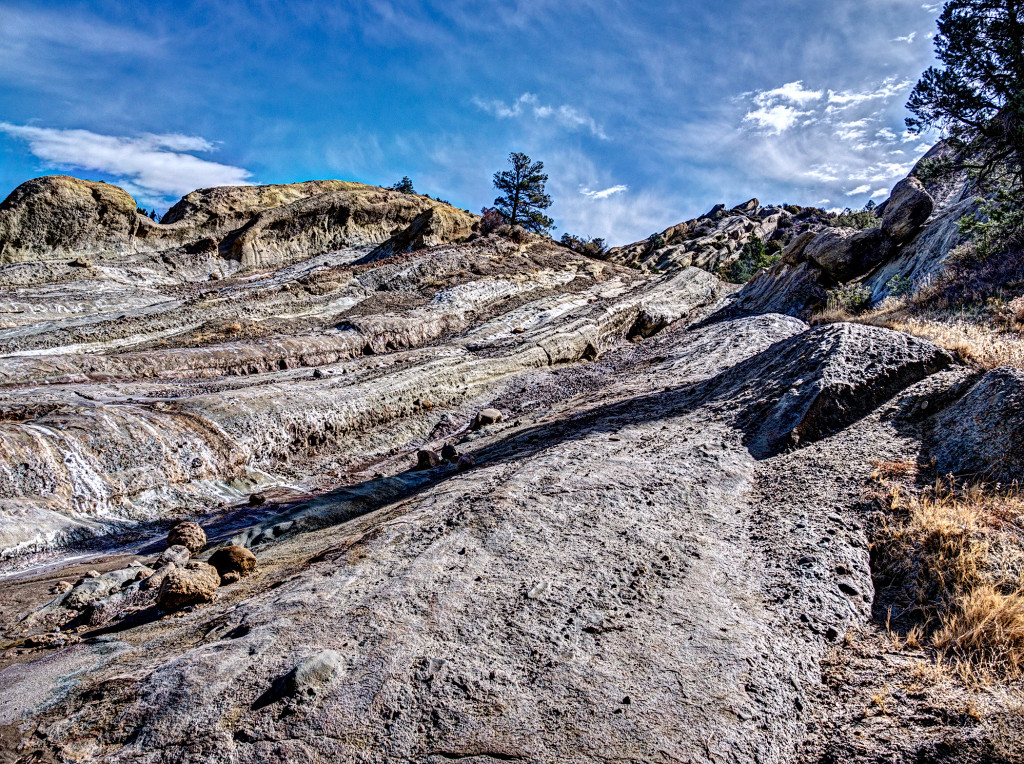Bill Would Protect More Than 300,000 Acres of Public Land and 158 Miles of Wild & Scenic Rivers Along California’s Central Coast
Today, Rep. Lois Capps announced legislation that would permanently protect key wilderness areas, preserve free-flowing rivers, and promote hundreds of miles of recreational trails throughout Santa Barbara, Ventura, and San Luis Obispo counties.
The legislation would expand and connect the existing network of wilderness areas in the southern Los Padres National Forest. It would also designate new scenic areas, wild and scenic rivers, and a national recreational trail, and establish the first wilderness areas in the Carrizo Plain National Monument. See here for descriptions and photos of each area.
“This effort to protect the lands and waters in the Los Padres and Carrizo Plain is the culmination of a groundswell of local support throughout the central coast,” said Matt Sayles, Wild Heritage Coordinator for Los Padres ForestWatch, a local nonprofit conservation organization that has worked for five years on building widespread support for the legislation among diverse stakeholders throughout the region. “Representative Capps truly deserves heartfelt appreciation for helping ensure the vitality and viability of these public lands for generations to come.”
Specifically, the bill – dubbed the Central Coast Heritage Protection Act – would:
- Designate 180,000 acres of wilderness adjacent to existing wilderness areas in the Los Padres National Forest, including the Sespe, Matilija, and Chumash wilderness areas in Ventura County, the Dick Smith and San Rafael wilderness areas in Santa Barbara County, and the Santa Lucia, Machesna Mountain, and Garcia wilderness areas in San Luis Obispo County.
- Propose an additional 41,000 acres adjacent to the San Rafael Wilderness Area in Santa Barbara County for future wilderness designation. The bill encourages the construction of a long-awaited connector trail that, once built, will restore historic public access to an existing network of trails in the Cuyama Valley. Once the trail is constructed, the forest land will automatically revert to wilderness.
- Designate 61,000 acres as wilderness in the Carrizo Plain National Monument, a vast landscape adjacent to the Los Padres National Forest in southeastern San Luis Obispo County. Known as “California’s Serengeti,” the Carrizo Plain is home to Tule elk, pronghorn antelope, and the highest concentration of rare plants and animals in California. The wilderness areas outlined in the bill include Caliente Mountain, the Temblor Range, and the Soda Lake area.
- Establish two protected Scenic Areas totaling 34,000 acres, including Condor Ridge along the crest of the Gaviota Coast in Santa Barbara County, and Black Mountain in the La Panza Range in San Luis Obispo County.
- Add 158 miles of pristine mountain streams to the National Wild & Scenic Rivers system, forever protecting them from dam-building and preserving their free-flowing condition. The protections would extend to upper Piru Creek, upper Sespe Creek, and Matilija Creek in Ventura County, and Mono Creek, Indian Creek, Manzana Creek, and other tributaries of the Sisquoc River in Santa Barbara County.
- Formally recognize the Condor National Recreation Trail, the central coast’s first thru-hiking route that would span 400 miles of existing paths in the Los Padres National Forest. The long-distance trail would begin at Lake Piru in the south, travel through the backcountry of Ventura and Santa Barbara counties, and terminate on the Big Sur coast.
More than two decades have passed since the last wilderness bill for Los Padres National Forest was signed into law. Congresses and Presidents from both sides of the aisle have created or expanded wilderness areas in our region in 1968, 1978, 1984, and 1992. There are currently 8 wilderness areas in the southern Los Padres National Forest; Capps’ legislation would expand them all.
“Today’s announcement is the first step towards securing permanent protection for some of the best wild landscapes, free-flowing rivers, and backcountry trails in our region,” said Jeff Kuyper, Executive Director of Los Padres ForestWatch. “This is a fantastic way to honor the 50th anniversary of the Wilderness Act and our region’s rich wilderness legacy, promote outdoor recreation, sustain our communities, and preserve this landscape for current and future generations to enjoy.”

Sespe Wilderness Expansion Area; image courtesy Eldon M. Walker
Last year, a coalition of 50 local land and water conservation organizations asked the U.S. Forest Service to recommend many of these same lands for wilderness protection. However, forest officials refused to recommend a single acre of new wilderness, prompting this legislative effort.
Without the protections afforded under the Wilderness Act, national forest lands are vulnerable to a variety of development and industrialization, including oil and gas exploration and development, commercial logging, cell towers, mining, road-building, and sale to private resource extraction interests.
The Wilderness Act of 1964 is our nation’s strongest tool to permanently protect federal public lands. Development and road building is prohibited in wilderness areas, while outdoor recreation activities like hiking, backpacking, camping, fishing and hunting are allowed.







Comments are closed.